The world of marketing, and more specifically the data that powers it, is rapidly changing. To keep pace with change, marketers are considering how data-driven strategies can push forward even as 3rd party cookies and other digital identifiers come under pressure.
Data cooperatives can unlock collaborative strategies for a brand. According to Winterberry Group’s 2021 research paper, Collaborative Data Solutions: The Evolution of Identity in a Privacy-First, Post-Cookie World, 81% of U.S. participants plan to share 1st party data outside their organization to drive insights, activation, and measurement. Why collaborative data you may ask? Read the paper here for a solid foundation in understanding cooperatives within the context of the collaborative data space.
To further solidify data co-ops as a cornerstone of collaborative data strategy, here are the top five benefits of data cooperative membership. Partnering with marketers, data scientists and technologists in the last two decades, Alliant has participated in realizing these powerful benefits for hundreds of successful DTC brands.
1. Organized & Enriched Data
Unlike many SaaS data management options, data cooperatives require limited technology resources or data management from brands. Typically they guide brands through a simple integration process enabling quick unification and hygiene of multiple 1st party data streams, immediately unlocking tremendous value within a brand’s data assets. Once unified, data can be enriched with demographic data, variables, affinities and other data elements across the cooperative. The result: a unified and enriched customer profile and a single source of truth for consumer identity.
2. Unique Data & Advanced Analytics
Along with unifying 1st party data, cooperatives transform data through a universal data schema that creates a shared analytical data set. Each cooperative will have their proprietary way of transforming data but the resulting 2nd party data assets are exclusive to the members, providing a competitive advantage over brands that only use publicly available data. Predictive modeling is also a keystone of the cooperative model. The affinities and predictive variables of the 2nd party data asset are available for modeling, providing an expansive knowledge of consumer behavior beyond a brands 1st party data. Some cooperatives also build and deploy custom variables for each brand, adding even more analytic power.
3. Partner Connectivity
With the right cooperative you are part of a community of marketers that value the same things you do – smarter, data-driven marketing, increased ROI and consumer privacy. The robust infrastructure of cooperatives enables safe and efficient data sharing among members and opens access across the ecosystem. Often they’ll facilitate partnerships with additional 3rd party enrichment sources and distribution to platforms, publishers, service bureaus and even walled gardens. These established relationships make multichannel campaign activation easy. The same audiences can be delivered to TV, programmatic, social, direct mail and email.
4. Compliance by Design
Properly permissioned data is taken seriously by cooperatives before it is even ingested. The top cooperatives have been active leaders in the marketing ecosystem for decades, first creating and maintaining self-regulated standards, and more recently ensuring compliance above and beyond state legislations. These experienced practitioners provide unmatched confidence that your data is being responsibly stored and managed.
5. Minimal Added Expense
Joining a cooperative typically does not come with any upfront costs or fees from the cooperative itself. There may be some costs involved with setting up the data feeds from service bureaus, internal platforms or a CDP. Beyond this, there is little out-of-pocket expense. Instead you can invest in deploying targeted campaigns or implementing real-time decisioning tools with your increased access to data and analytics.
Alliant is a champion of the cooperative model because we are a data cooperative. Launching in 2002, Alliant was the first cooperative to incorporate positive and negative transactions for more accurate predictive modeling. Today, we call our cooperative database the DataHub, and work hard to create a service oriented, compliance by design environment for the collaboration we enable on behalf of our DataHub Members. We continue to provide exemplary value to our Members through audience development, optimization and enrichment in partnership with leading data exchanges, marketplaces and technical environments.
Getting Started
Interested in learning more about cooperative data solutions, or more specifically Alliant DataHub membership? Reach out to schedule time for our team to show you easy and safe it is to bring your data into the DataHub, and help you realize immediate ROI.







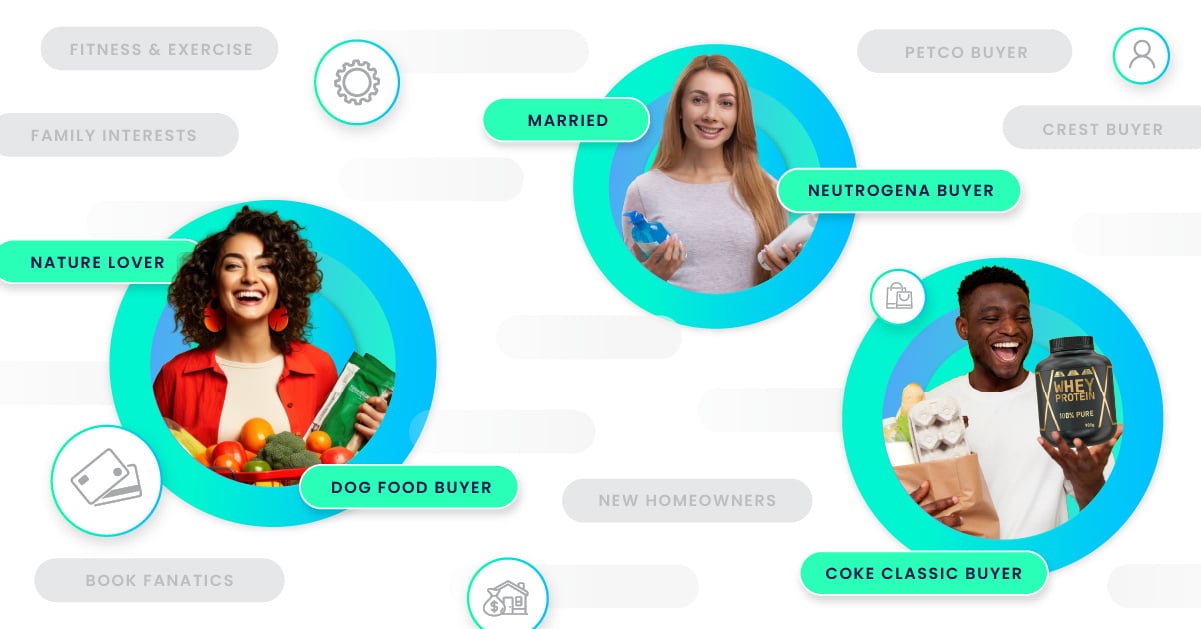







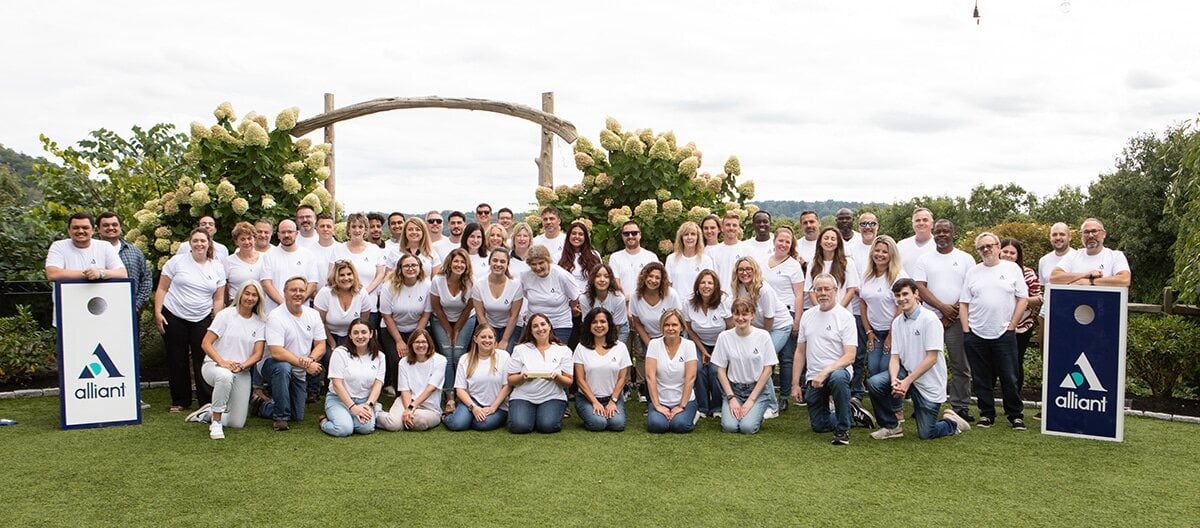



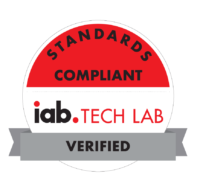
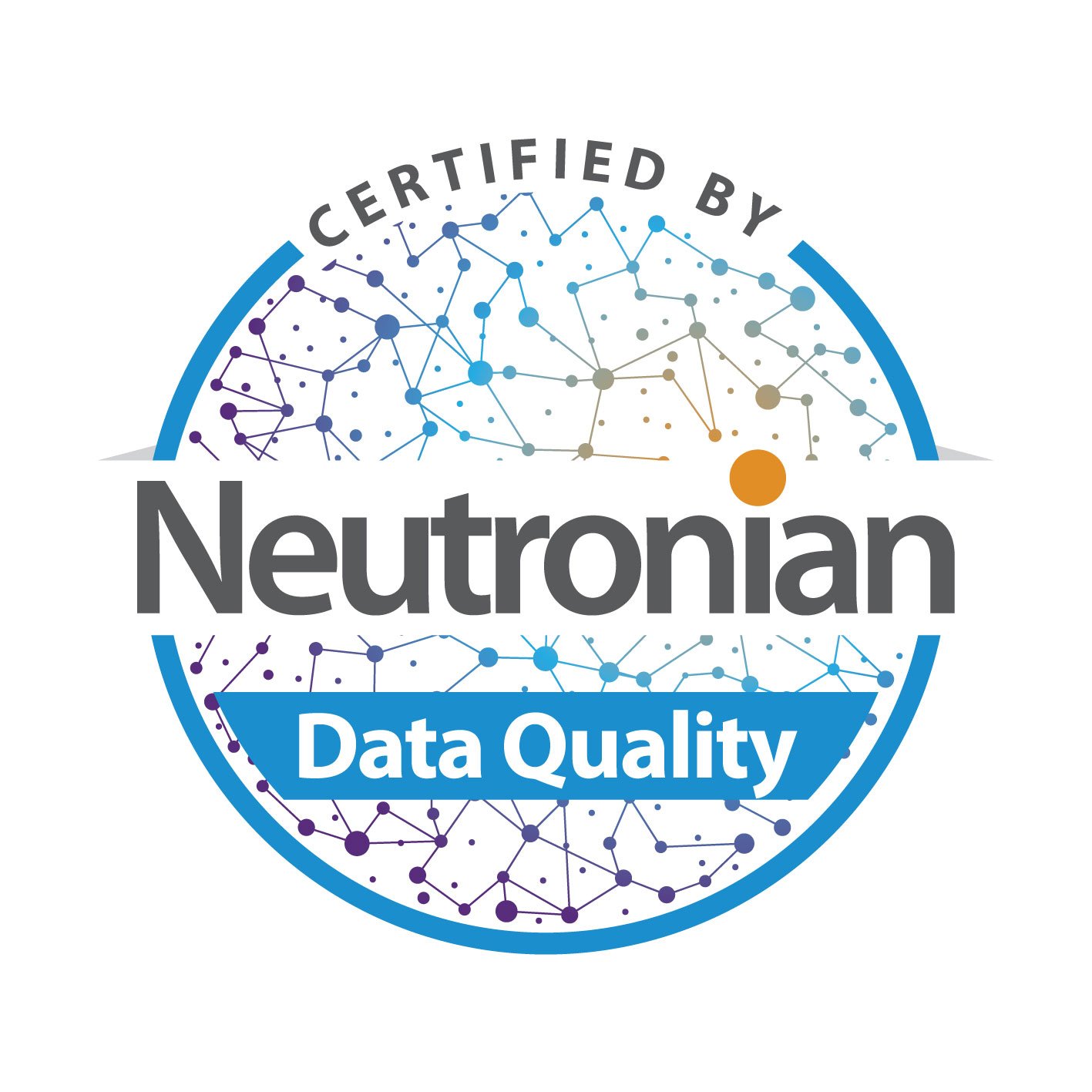
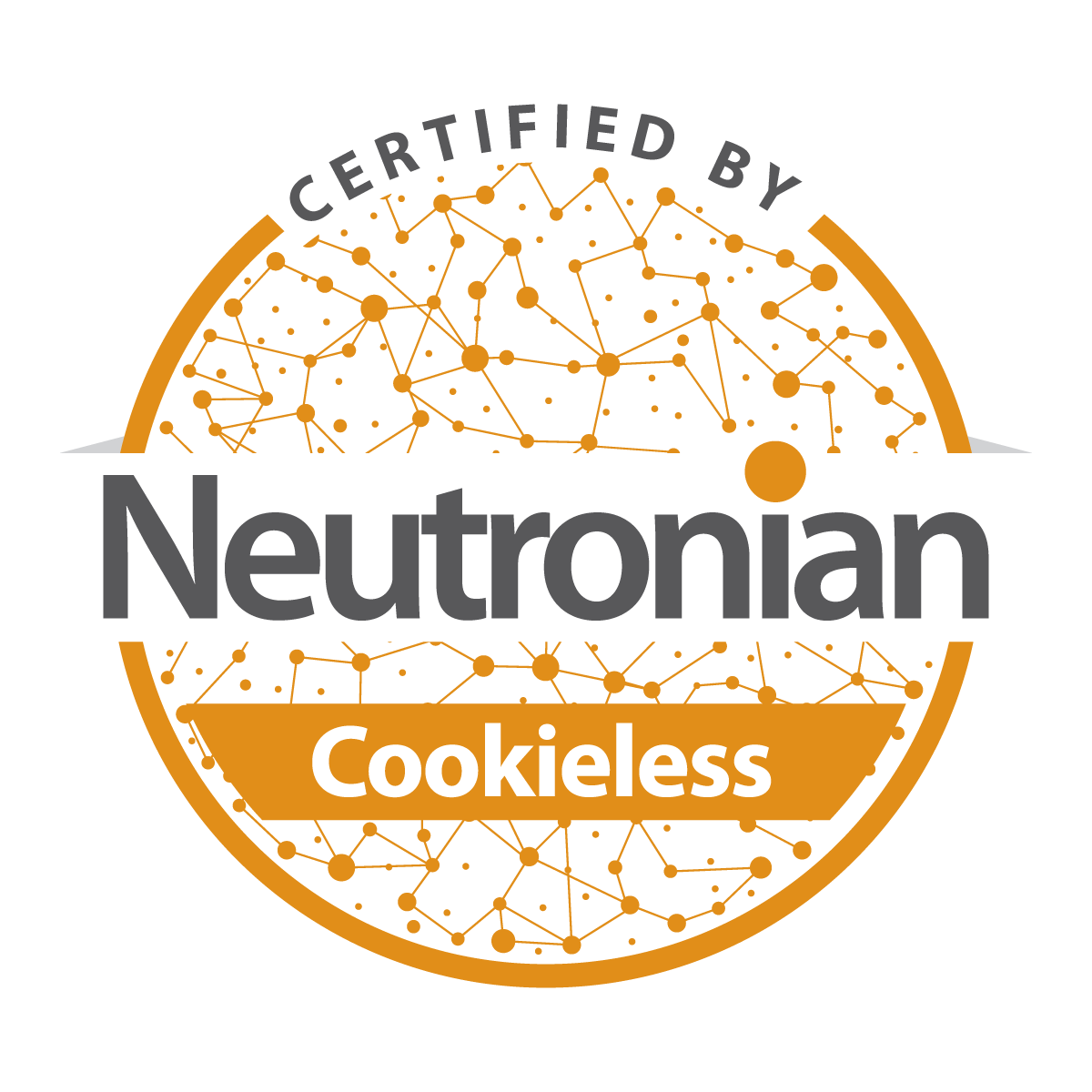
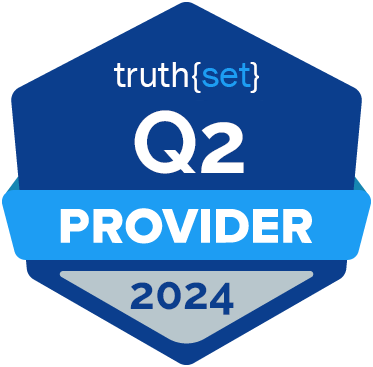
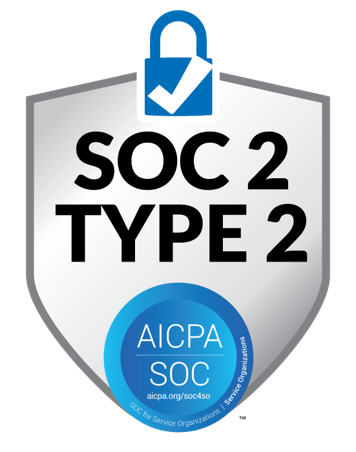

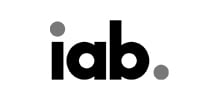
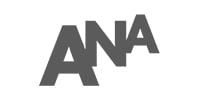

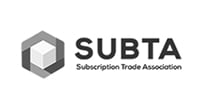
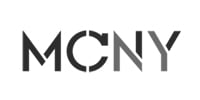
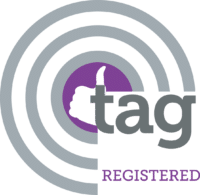
Submit a Comment